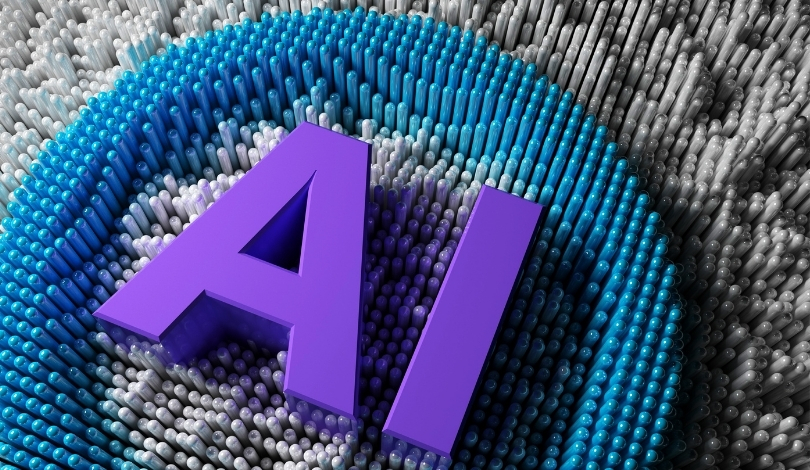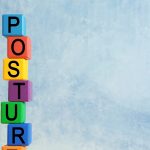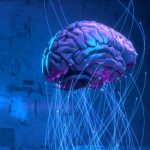The complexity and variability of diabetic retinopathy (DR) lesion characteristics challenge existing automated grading systems. A recent article from IET Computer Vision titled “Enhancing semi‐supervised contrastive learning through saliency map for diabetic retinopathy grading” introduces a new framework designed to improve the accuracy of these systems. Utilizing a saliency estimation map, this innovative method leverages semi‐supervised and contrastive learning to enhance the model’s capability in differentiating complex DR lesion features, thereby providing more precise grading.
Framework Components
The proposed framework integrates semi‐supervised learning with contrastive learning techniques to address the difficulties in detecting and grading DR effectively. By focusing on both inter‐class and intra‐class variations, the model becomes adept at distinguishing between different lesion types and healthy regions. The saliency estimation map plays a pivotal role by enhancing the model’s perception of fundus structures. This results in improved differentiation of lesions, which is critical for accurate DR grading.
Experiments conducted on the EyePACS and Messidor datasets validate the framework’s effectiveness. The results reveal that the proposed method surpasses existing state-of-the-art techniques. Specifically, it improves performance on the kappa metric by 0.8% on the entire EyePACS dataset and by 3.2% on a 10% subset of EyePACS. This indicates a significant advancement in automated DR grading systems, showcasing the framework’s superiority over previous methodologies.
Experimental Validation
The scarcity of large-scale, high-quality annotated data has long been a hindrance to the performance of deep learning models in DR detection. By integrating semi‐supervised learning, the proposed framework mitigates this issue, as it does not rely solely on fully annotated datasets. The addition of the saliency estimation map further enhances the model’s ability to handle the complexity of DR lesions, ultimately leading to more accurate grading outcomes.
When comparing this new framework to past developments, it becomes evident that significant strides have been made. Prior approaches struggled with accurately identifying and grading the wide range of DR lesion characteristics. However, the integration of saliency maps and semi-supervised learning in the new method addresses these limitations by providing a more nuanced understanding of DR lesions, resulting in improved grading performance.
Earlier studies focused predominantly on supervised learning techniques, which required large amounts of annotated data. These methods often failed to capture the subtle differences between various DR lesion types. The introduction of contrastive learning in combination with semi-supervised methods represents a shift away from these traditional approaches. This new framework not only reduces the dependency on large datasets but also enhances the model’s ability to discern complex lesion characteristics.
The adoption of this enhanced framework for DR grading could potentially revolutionize the way automated systems detect and grade diabetic retinopathy. For practitioners and developers in the medical imaging field, this represents an opportunity to improve early screening and treatment outcomes. Understanding the framework’s reliance on semi-supervised and contrastive learning methods is crucial for those looking to implement similar techniques in their own research or clinical practice.
By examining the framework’s components and its validation against existing datasets, it is clear that the new approach offers significant improvements. The use of a saliency estimation map to enhance the model’s perception of fundus structures is a noteworthy advancement. Additionally, the ability to perform well with less fully annotated data makes it a practical choice for widespread deployment. For readers interested in the technical aspects and implementation details, the authors have made their code publicly accessible.
- New framework improves automated DR grading accuracy using saliency maps.
- Integrates semi‐supervised and contrastive learning to handle DR lesion complexities.
- Outperforms existing methods on EyePACS and Messidor datasets.










